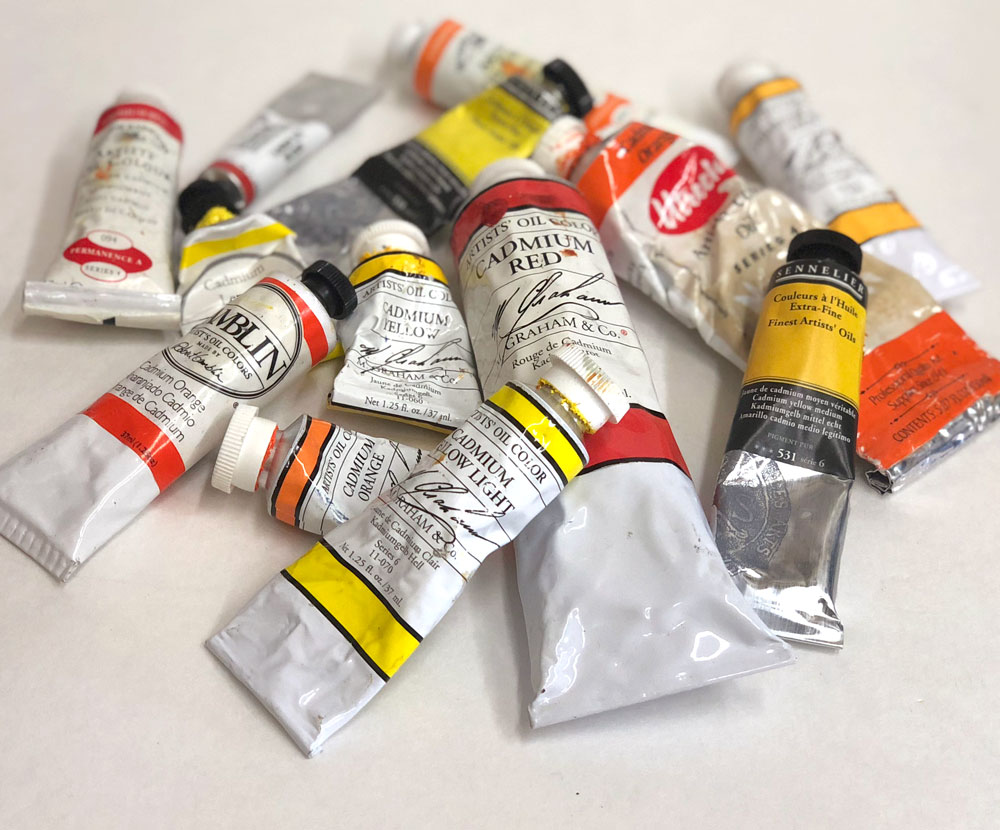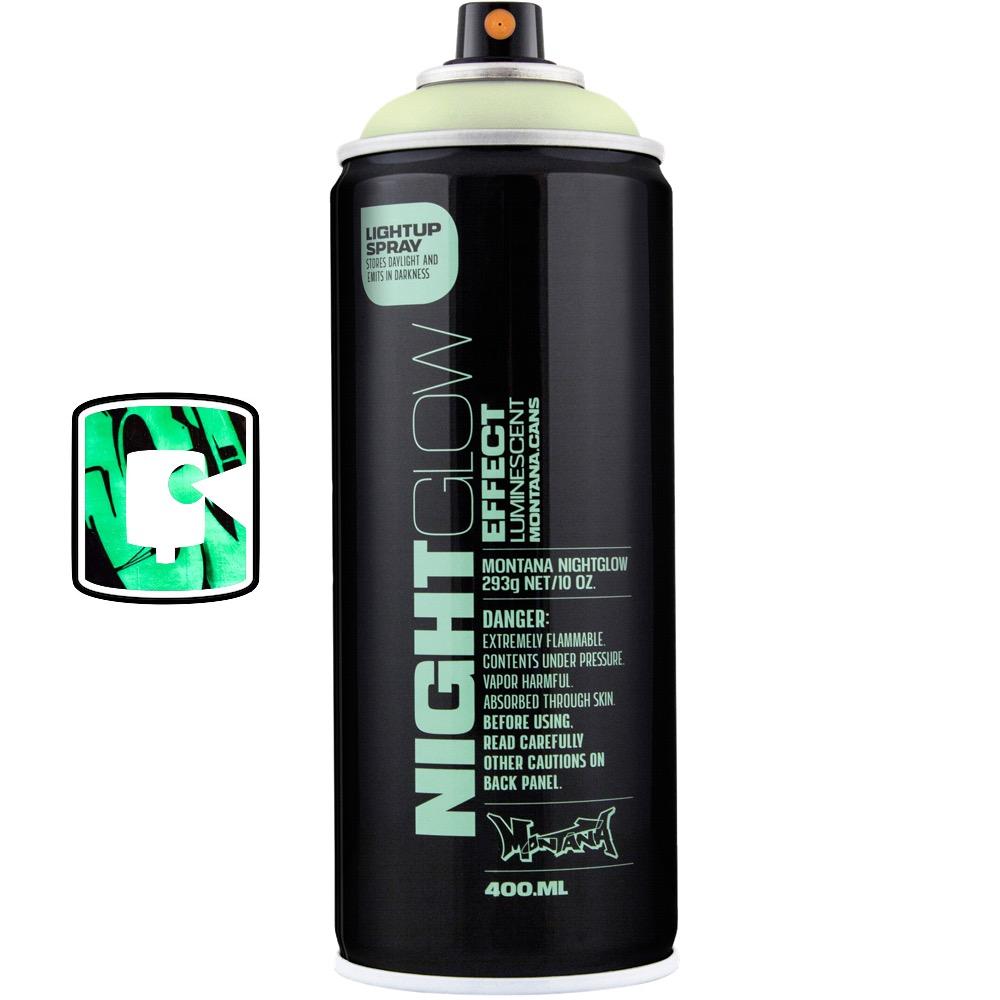Yes, paint and pigments can be absorbed through the skin. The extent varies based on the type of paint, exposure time, and skin condition.
People often wonder about the safety of handling paint and pigments, especially with skin contact. Paints contain various chemicals, and some can penetrate the skin. This absorption depends on the paint’s composition and how long it stays on the skin.
While some paints are relatively safe, others may pose health risks if absorbed. Understanding the potential dangers helps in taking necessary precautions. This article explores how different paints and pigments interact with the skin and what steps you can take to protect yourself. Read on to learn more about the science behind skin absorption and safety tips for handling paints.

Credit: www.danschultzfineart.com
Introduction To Paints And Pigments
Paints come in many types. Some are oil-based, while others are water-based. Oil-based paints dry slowly. Water-based paints dry fast. Each type has its uses. For example, oil-based paints are great for metal. Water-based paints are good for walls.
Pigments give paint its color. They come in many forms. Some are natural. Others are man-made. Common pigments include titanium dioxide, which makes white. Iron oxide gives red or yellow. Carbon black creates a deep black. Pigments can be safe or toxic. Always check the label before use.

Credit: www.amazon.com
Skin Absorption Basics
Skin absorption is the process by which substances pass through the skin. The skin has many layers. Each layer acts as a barrier. Substances must pass these barriers to enter the body.
Small molecules can enter the skin more easily. The skin’s outer layer, the epidermis, is the first barrier. This layer is tough. It protects against many substances. The next layer, the dermis, has blood vessels. These can carry substances into the bloodstream.
Several factors affect how substances pass through the skin. The size of the molecules is one factor. Smaller molecules pass through more easily. The condition of the skin also matters. Damaged or broken skin allows more substances to enter. The type of substance plays a role too. Some chemicals are designed to penetrate the skin quickly.
Chemical Composition Of Paints
Paints contain solvents and binders. Solvents help to spread the paint smoothly. Binders help the paint stick to surfaces. Some solvents can be harmful to the skin. They can cause rashes or other issues. Binders are less likely to harm the skin.
Paints have toxic and non-toxic parts. Toxic parts can be dangerous if they touch the skin. Non-toxic parts are safer. It’s best to wear gloves when using paint. This can help protect your skin from harmful chemicals.
Health Risks Of Paint Exposure
Paint fumes can make you dizzy. You might get a headache. Skin can get red and itchy. Eyes may water or burn. Breathing can feel hard. Some people might cough or sneeze.
Long-term paint exposure can harm your liver and kidneys. Brain function might slow down. Memory issues can happen. You could feel very tired. Some chemicals in paint are linked to cancer. Protect yourself when using paint.
Scientific Studies On Skin Absorption
Many studies show that paint and pigments can be absorbed through the skin. Scientists have used different methods to test this. They found that some chemicals in paint can enter the bloodstream. This can happen when the skin has cuts or is very thin. Some pigments have small particles. These can easily pass through the skin. Long-term exposure can cause health issues. Protective gear is important when working with paint.
One case study focused on artists who use paint every day. They found high levels of chemicals in their blood. Another study looked at factory workers. These workers had more skin problems. They often did not use proper protection. Children are also at risk. They have thinner skin. Parents should keep paint away from them. Pets can also be affected. They can lick paint off their fur. This can make them sick. It’s important to wash skin after contact with paint.
Safety Measures For Handling Paint
Paint and pigments can be absorbed through the skin, posing health risks. Always wear gloves and protective clothing when handling paint. Wash exposed skin immediately to reduce absorption and potential harm.
Protective Gear
Wearing protective gear is very important. Gloves protect your hands. Goggles protect your eyes. Coveralls protect your clothes and skin. Always use a mask. It helps you avoid breathing in fumes. Boots keep your feet safe. These items keep you safe.
Safe Application Techniques
Work in a well-ventilated space. Open windows and doors. Use fans to circulate air. Avoid direct skin contact. Use brushes or rollers instead of fingers. Wash your hands after handling paint. Keep paint away from food and drinks. Follow instructions on paint labels. Dispose of waste properly. Safety first.
Regulations And Guidelines
Many industries follow strict rules for paint and pigments. These rules help keep people safe. Some paints have harmful chemicals. These chemicals should not touch the skin.
Factories test their products. They make sure the paints are safe. This is very important for workers. They handle paints every day.
Governments set laws to protect people. These laws control what goes into paints. Dangerous ingredients are banned. Companies must follow these laws strictly.
Labels on paint cans show important info. They tell us how to use the paint safely. Always read these labels before using any paint.

Credit: www.toronto-collective.com
Alternatives To Traditional Paints
Eco-friendly paints are safer for both people and the planet. These paints often have low levels of volatile organic compounds (VOCs). VOCs can harm your health. Natural paints use plant oils and minerals. These ingredients are less toxic. Some brands offer water-based paints. These paints are easier to clean up. They also release fewer chemicals into the air.
Some new paints can absorb harmful chemicals. This helps to clean the air. There are also paints that block radiation. They protect your home from wireless signals. Smart paints can change color. They respond to heat or light. These technologies offer more than just color. They bring extra benefits to your living space.
Frequently Asked Questions
Can Paint Be Absorbed Through The Skin?
Yes, some types of paint can be absorbed through the skin. Always use protective gear when handling paint.
Is It Possible For A Chemical To Be Absorbed Through The Skin?
Yes, chemicals can be absorbed through the skin. This process depends on the chemical’s properties and skin condition.
What Happens If Paint Gets In Your Skin?
Wash the area with soap and water immediately. Use a gentle scrub to remove the paint. Avoid harsh chemicals. If irritation persists, seek medical advice.
Can Lead Paint Be Absorbed Through The Skin?
Lead paint can be absorbed through the skin, but it is rare. Ingestion or inhalation poses higher risks. Avoid contact and take precautions.
Conclusion
Paint and pigments can be absorbed through the skin. This depends on the type. Always check labels and use protective gear. Safety should be your priority. Some chemicals in paints are harmful. They can cause skin irritation or more serious problems.
It’s important to be cautious. Use gloves and wash your hands thoroughly. Educate yourself about the products you use. Stay safe and enjoy your painting projects responsibly.

